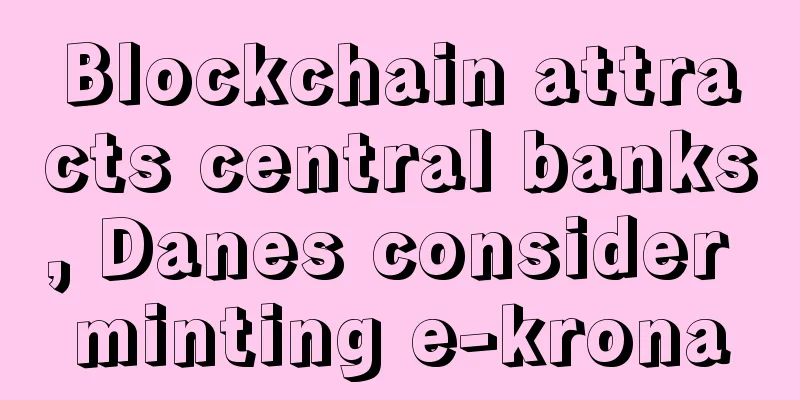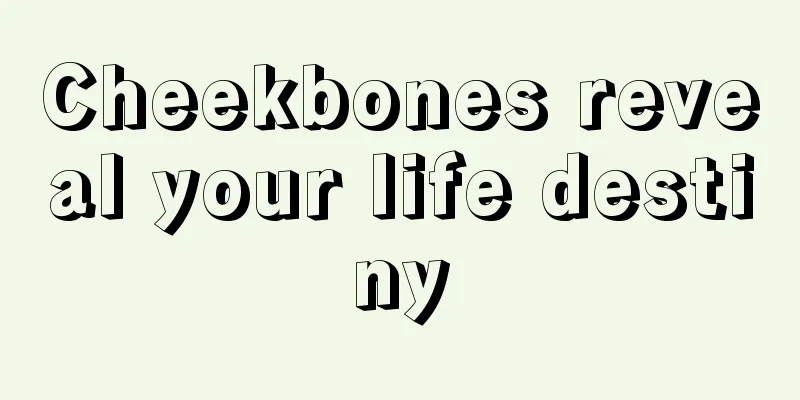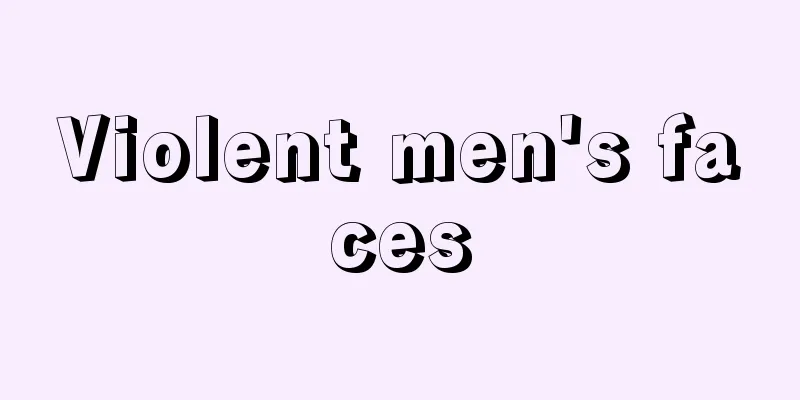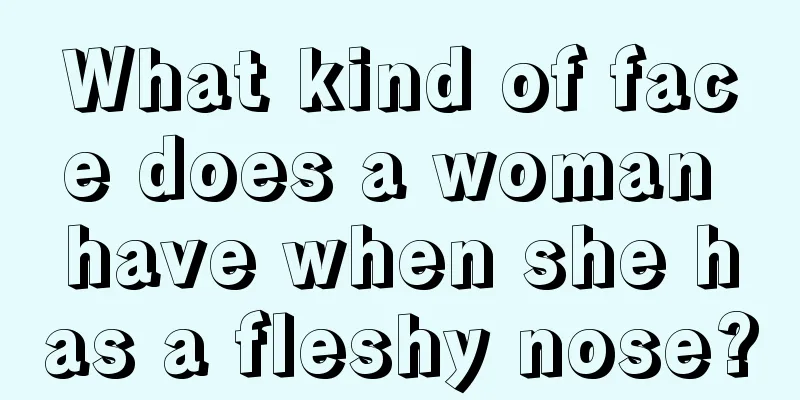Blockchain attracts central banks, Danes consider minting e-krona

|
Rage Commentary : Central banks in more and more countries are beginning to question the significance of printing paper money. Cash managers in Denmark are beginning to seek an alternative virtual currency; the UK and Sweden are blazing a trail in continental Europe; Singapore and Canada have already experimented with a blockchain currency system for Internet payments. Bank officials said that blockchain technology or other types of the technology will become a typical template for virtual currency. Translation: Flora More and more central banks are beginning to question the point of printing money. In Denmark, cash managers are beginning to seek an alternative virtual currency, which they believe will make crime harder and regulation easier. The Danes are not the only ones thinking this way. Britain and Sweden are blazing a trail on the continent. Singapore and Canada have tested blockchain currency systems for internet payments. Lars Rohde, an administrator in Copenhagen who will no longer be responsible for regulating the cash printing industry in 2017, is supportive of the virtual currency proposal and cites its advantages of reducing transaction costs. But at the same time, the plan also carries great risks. This is uncharted territory, and the potential for unexpected consequences could upend the entire economy. Denmark's central bank will outsource its money-making business in 2017. Finland will mint coins, but it has yet to be decided who will print Denmark's banknotes. While cash won't disappear completely, Denmark is exploring some cheaper and more efficient alternatives. Denmark's central bank estimates that using banknotes costs society at least twice as much as using credit and debit cards. Safety Net Today, the development of electronic money is no longer a technical challenge. Lars Rohde Rohde told Danish Capital in an interview on December 5:
In Denmark, only about 20% of transactions are done in cash, and this cash accounts for less than a third of the total supply, so the safety net should not be withdrawn from the electronic payment system. “We’re missing the point at all,” Rohde said. “Cash and tickets are not an option for electronic payments. We crossed the line years ago.” Blockchain Denmark’s central bank said that “blockchain technology, or other types of technology” would be a typical template for virtual currencies. Rohde said the central bank is exploring whether the electronic currency it produces "should be anonymous." The e-krona would have a serial number to ensure that the unit can always be traced. This is a concept developed from Bitcoin. When Bitcoin was first created, it was intended to circumvent the central bank to a certain extent. According to Lasse Birk Olesen, co-founder of Coinify, a fintech company that is developing blockchain infrastructure for Nordic payments company Nets A/S, central banks’ use of blockchain requires trust between a country’s citizens and financial authorities, meaning the model is more suitable for developed, transparent countries. Lasse Birk Olesen He said:
Changing society As for the social implications of switching to this model, Rohde said the Danish central bank still has many questions, including whether the central bank should monitor transactions. Such oversight can be politically distasteful, especially at a time when consumers are resentful of companies snooping into their privacy and trying to advertise and sell their products in various ways. Rohde said there is also a weird idea that a central bank is needed to produce virtual currencies. He said:
“It will be solved, but first we need to answer a lot of interesting questions,” Rohde said. |
<<: A16z, USV invest $10 million in blockchain token trading firm
>>: Intel wins over blockchain critics by recreating Bitcoin's DNA
Recommend
Women with high noses have good fortune and are good for their husbands.
If the nose tip is well-shaped, it can actually e...
AntPool will destroy 12% of BCH transaction fees to strengthen the internal economy of the entire blockchain network
Bitmain’s AntPool announced on Friday that it wil...
What is the fate of a person without fighting fingers?
What kind of life is it if you don't have any...
The facial features of long and curled eyebrows
The facial features of long and curled eyebrows I...
Is it good that the wealth line is forked? It can create more wealth after marriage!
How to read the palm fortune line diagram? In pal...
What is the character and fate of a man with dragon teeth?
According to the relevant knowledge of physiognom...
The seven most blessed men's facial features
In physiognomy, there are the faces of rich peopl...
What kind of digital currency will the central bank issue? What impact will it have on Bitcoin?
For basic knowledge about what digital currency a...
Palmistry: Is it good to have a long wealth line?
Palmistry: The wealth line is very long, is that ...
What does it look like to be ineffective in your career?
After entering the society, people need to work. ...
What kind of woman can make money?
Everyone hopes that they can have a good appearan...
How to read the broken wisdom line in palmistry
The wisdom line, also known as the head line, is ...
People with these palm lines can be successful in their careers. Come and see if you have any of them.
Career success is something we all hope for, but ...
A woman with white eyes has facial features and personality analysis. What are the characteristics of four white eyes?
The eyeball is divided into two parts, black and ...
Facial features that indicate emotional blockage
Facial features that indicate emotional blockage ...









